As Apple prepares to introduce its AI-based features for the iPhone, another company is taking the opposite approach: instead of building a phone with more technology, it’s opting for less. Light, the maker of the minimalist e-paper screen phone, announces its new model, the Light Phone III.
Like its previous counterpart, the Light Phone III offers a simple black and white display, without access to social networks, the Internet or email. But unlike Light’s older phones, the Light Phone III sports a larger OLED screen and an NFC chip to pave the way for future payment tools, as well as a camera to capture moments you wouldn’t want to miss by leaving your smartphone at home.
The goal of the new device is to improve its usability and performance, says Joe Hollier, co-founder of Light. The new Light Phone III is larger than previous models, about the width of most iPhones, but significantly shorter; it’s more like the BlackBerry in terms of form factor. This will make it easier to text the phone while holding it vertically, the team explains. In addition, the AMOLED screen only illuminates white pixels, which, combined with matte glass, will look more like the old Light Phone II.
“In fact, it will retain many of the features that people love about the e-ink screen, (with it) a very different feel than a glossy smartphone screen,” Hollier said.
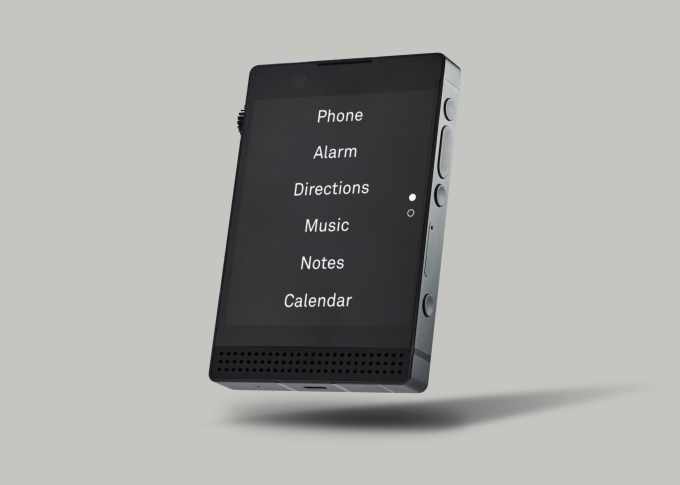
Along with Kaiwei Tang, Hollier founded Light in September 2014, initially as a Kickstarter project for people looking to break their smartphone addiction. Between the first two models, the Light Phone I and the Light Phone II, the company shipped more than 100,000 devices, with the latter accounting for about two-thirds of those sales.
The appeal of the Light Phone is that it doesn’t require you to give up the useful aspects of modern smartphone technology, like built-in access to maps and navigation, calls, texts, notes and voice notes, to a calendar, timer, alarm, calculator, hotspot and a simple music player and podcast tool. Instead, what it offers is a way to escape the kind of technology some would rather do without: social media apps, clickbait news, and calling up a web browser that connects you to the Internet.
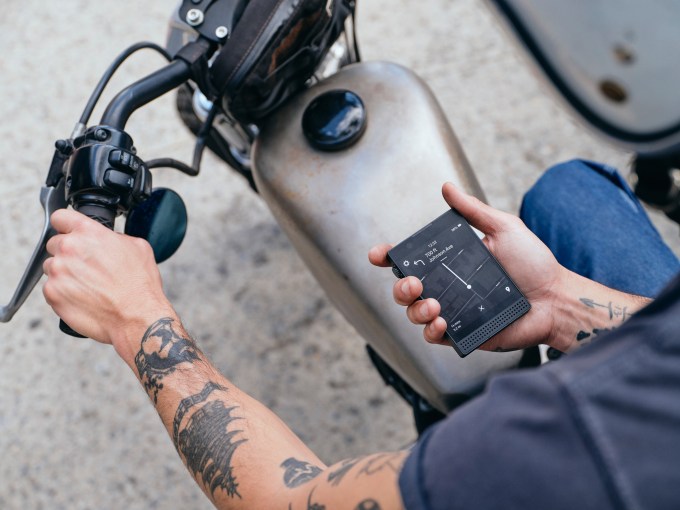
Light phone owners can use the device unlocked on their own carrier or opt for Light’s $30 per month phone plan with 1GB of data. There are also more expensive plans at $45/month or $70/month for 5GB or unlimited data, respectively.
The phone has niche appeal among a 25- to 40-year-old audience, the majority of whom use it as their primary phone, often with a tablet or laptop for their extended Internet access. A smaller group might switch to their Light phone when they need a break, such as when they’re trying to disconnect for a weekend or vacation, but don’t want to be left without a way to reach people or to be contacted in the event of a problem. emergency.
The Light Phone III will target a broader demographic that already uses the non-smartphone phone as their primary device.
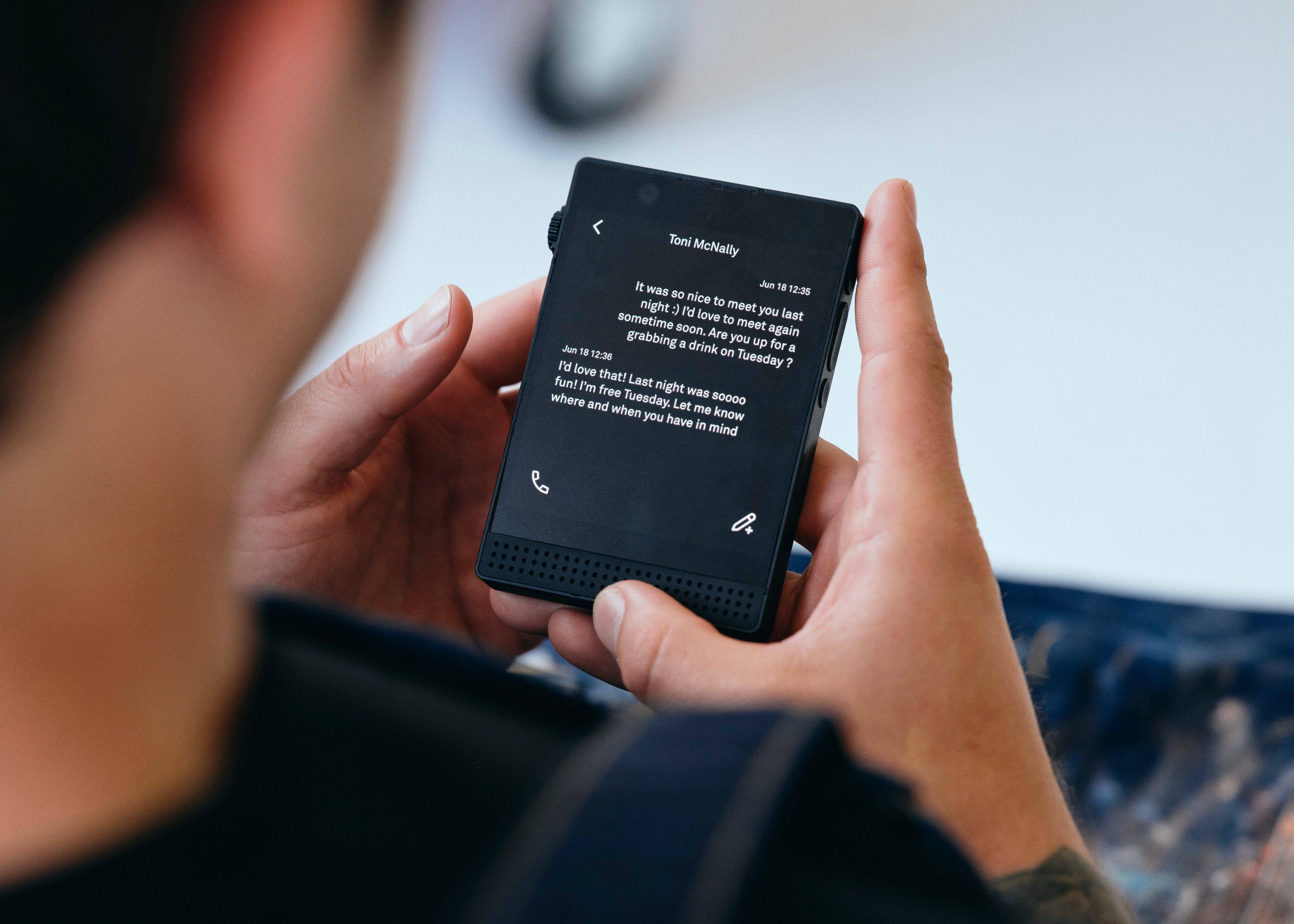
Like its other devices, the Light Phone will also appeal to people concerned about their privacy. When you use a feature like directions and navigation, Light pays to get that logic privately for its users. This means that tech giants like Google don’t track or share your data when you use these types of features.
Besides the new form factor and OLED display, the camera is the most notable addition. It’s not up to par with those found in high-end smartphones like the iPhone or Google Pixel; instead, it’s a non-zoom, center-focus camera that feels more like a compact camera. When pressing the dedicated shutter button, a half press focuses the photo and a full press takes the photo.
Another new feature is the Light Dial, which lets you adjust the screen brightness with the turn of a knob when you’re going out or indoors, making it brighter or dimmer.
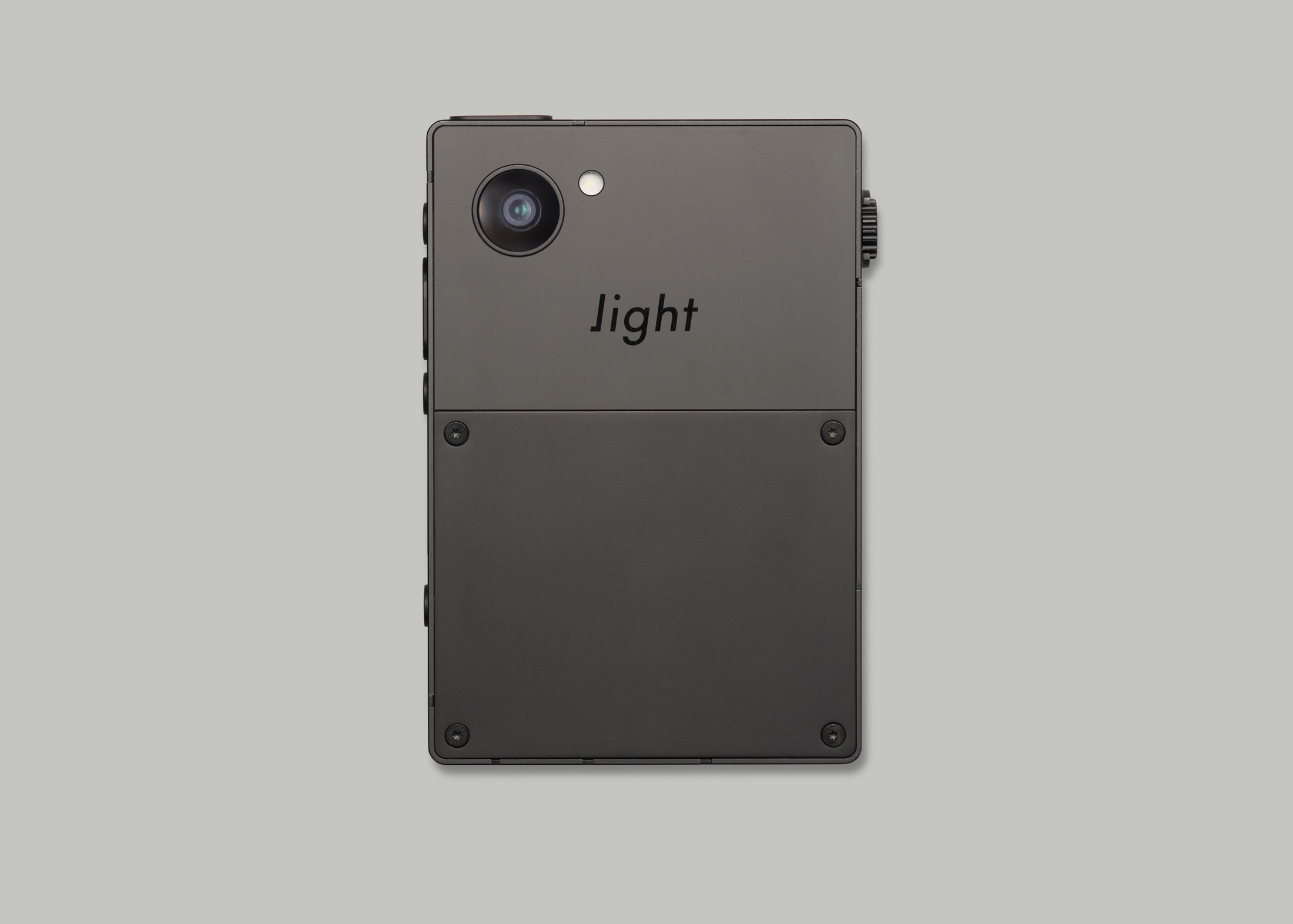
The larger phone now sports more antenna bands, so there’s only one phone model this time around, not separate models for North America and Europe. Along the side of the phone’s body is aluminum, with recycled plastic making up the speaker grille at the bottom. The Light Phone III has larger speakers for listening to music or podcasts or using the speakerphone.
The power button now includes a fingerprint ID, making it easier to open the phone and use it. The 5G-enabled phone also has 6GB of RAM (compared to 1GB in the Light Phone II), 128GB of memory (compared to 8GB) and more modern Qualcomm chips.
Meanwhile, the battery, about twice the size of previous versions, is user-replaceable or users can return their phone to Light to have it replaced for them, likely for less than $50.
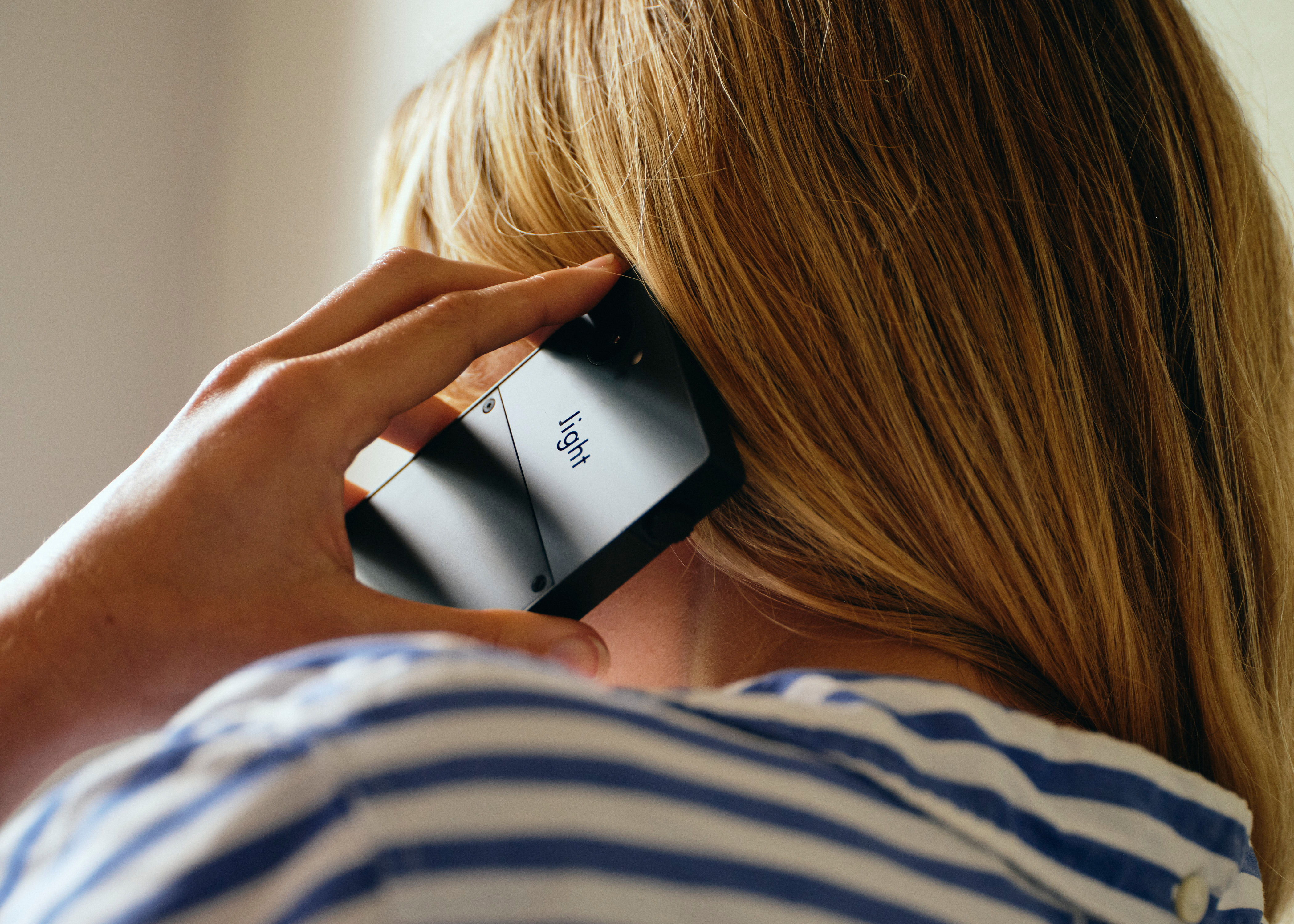
All the upgrades make the new device more expensive: the Light Phone III costs $799 versus the Light Phone II at $299. The latter will, however, still be sold for those who prefer the e-ink version.
“We ask the question: can a phone last five years, or even 10 years? Things like metal, higher quality materials, the removable battery, and we even improved as much as possible how the screens – and other components – could be replaced,” Hollier said. “We’re trying to make it a more durable phone. And at this point, you know, the $799 price tag really embodies that.
Early adopters of the Light Phone III will be able to pre-order the new devices for $399, a 50% discount. Similar to crowdfunding, these pre-orders will help Light move toward its first mass production with Foxconn. There will be a total of three production runs until around the end of November, and orders are expected to start shipping in January 2025.
From 2015 to 2024, Light raised approximately $11 million from more than 80 venture capital firms and angel investors, including Bullish VC, Twitter co-founder Biz Stone, Lyft co-founder John Zimmer, Tim Kendall (Facebook/Pinterest), Scott Belsky (Adobe), Wisdom Venture, Dave Free (pgLang), Pete Davidson (SNL), Able Partners, Gaingels, Heroic Ventures, Hinge Capital, White Bay Group, New Lab Ventures, SOSV and Foxconn . In 2022 – the latest valuation used to raise capital – Light was valued at $24 million, before money.
Light Phone III Full Specifications:
Dimensions: 106mm x 71.5mm x 12mm
Weight: 124g
Network: 5G + 4GLTE
Screen: 3.92″ AMOLED (1080×1240)
Screen: matte glass
Port: USB-C 2.0
Camera: 50 m at the rear / 8 m at the front
SIM: Nano SIM + E-SIM
Memory: 128 GB / 6 GB RAM
Battery: 1,800 mAh
Sound: 2 microphones (noise cancellation), 2 stereo speakers
Features: GPS, Bluetooth 5.0, NFC, fingerprint identification
Materials: Aluminum, Glass, SORPLAS recycled plastic
Chipset: Qualcomm SM 4450
IP rating: IP 54